Seema Jairath, Principal, DLF Public School, Sahibabad in conversation with Yukti Pahwa, shares that the school believes in striving to give every pupil the balanced learning, by blending Indian cultural values with the finest modern curriculum and follows the philosophy of ‘Looking Inwards to Excel Outwards’.
What according to you are the challenges and opportunities that RTE presents to education sector?
There is a huge dichotomy in India today. We need to reduce this gap that has developed in our society, that is, the inequities. RTE can be a mobilising tool for reducing this difference. But we also need to understand that there are lawyers and agencies in India such as media, who are very eagerly willing to attack the schools, if the schools raise the fees. It should be understood that if a school takes in 25% of children as students who come from disadvantaged group, it would need extra resource pool which has to be gathered from other 75% children. Therefore, if the fee is raised then acceptance is required from all – the parents, the regulatory bodies and agencies such as media. For implementation of RTE it is important that commitment for it comes not only from school but also the whole society.
Kindly share your opinion on the CBSE introduced grading system.
The system has already begun to take shape with the first batch of results out this year. The difference that has come up is in terms of increased confidence, amongst increased number of students who scored a good CGPA (Cumulative Grade Point Average), instead of any one student scoreing the highest marks, according to the conventional marking system. It has made students happier with themselves and with one another, without any ill-will amongst each other.
There can be thousands of reasons even for the minutest difference in marks that students score. So, deciding that one can be the topper and not the other one who perhaps scored a few fractions less than the former, is incomprehensible. I, celebrate and welcome the grading system because it frees us as evaluators of certain biases that can come up while different teachers check papers. It is a fairer system.
What do you opine about the role of ICT in school education?
Initially people use to say that ICT can replace a teacher completely. That is not true, but it surely is a powerful tool to augment classroom teaching. And that is why the smart boards and the software that is being availed, helps teachers in numerous ways to make teaching multi-dimensional and interesting.
Students from different walks of life, some linguistically strong, some intellectually strong, and so on, enjoy and participate more in presence of such multi-media equipments. Earlier teaching was confined to teacher teaching the textbook and students looking at the teacher.
But today, nobody wants long drawn monotonous processes and ICT supports speeding up the process giving different variations and visual angles to lessons. ICT is used within classroom in a moderated manner. Moving beyond ICT, social networking sites or allowing children to have unsupervised access to Internet gives rise to problems.
Social networking sites, specially are huge drain on children’s time, mind and energy. These facilities therefore, require supervision at school and home as well.
Is your school ICT equipped?
Yes, certainly. We have a multiple pronged approach. First of all, we have software that teachers use. There are 15 smart boards in school, at various locations



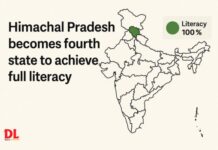
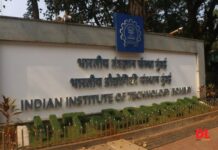

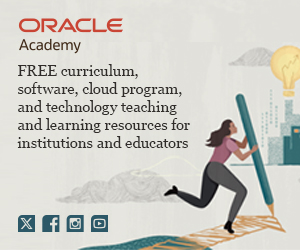

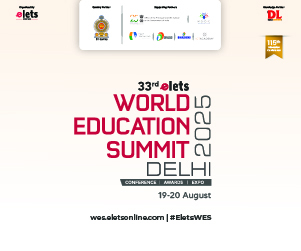

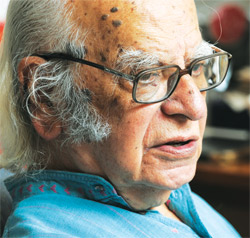 Innovations happen only when people work together. Universities should promote in-house research and creativity and should not limit their actions to importing a few scientific equipments and ideas from Abroad
Innovations happen only when people work together. Universities should promote in-house research and creativity and should not limit their actions to importing a few scientific equipments and ideas from Abroad








